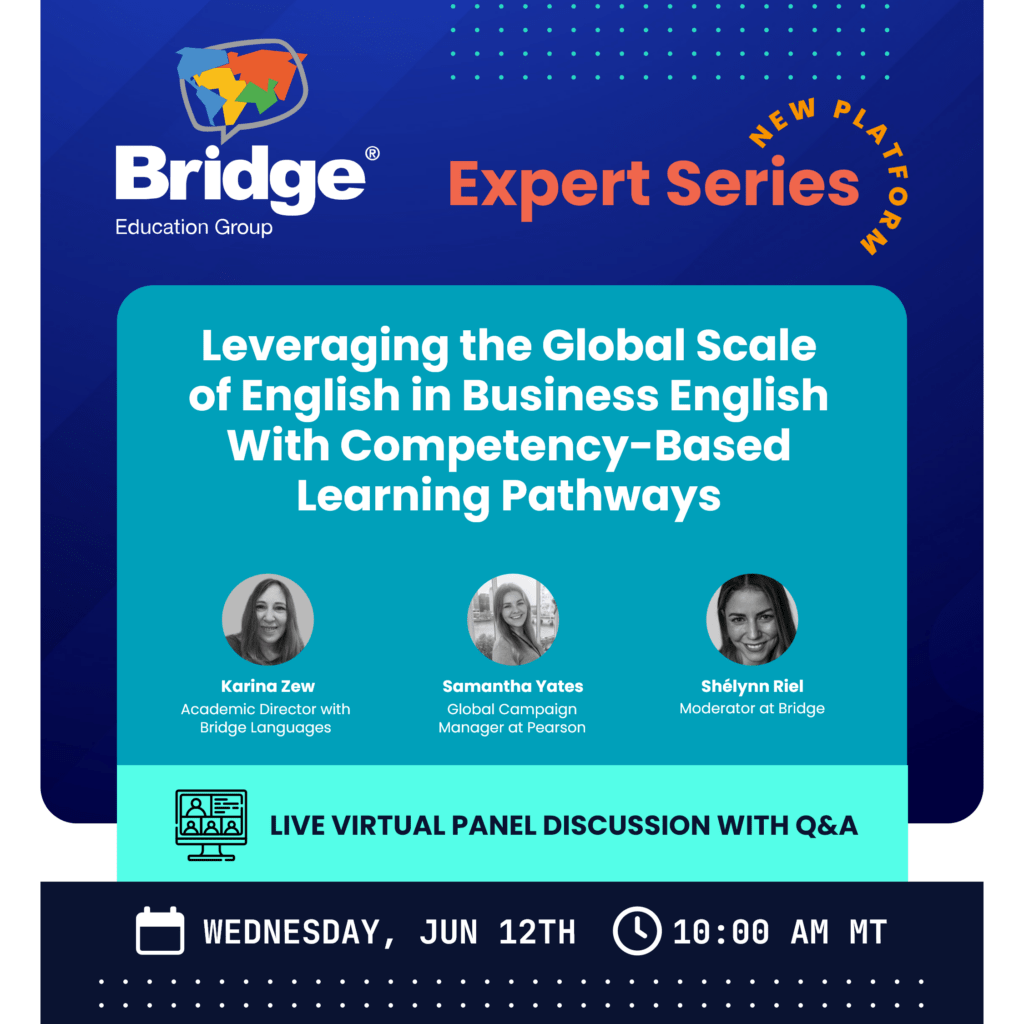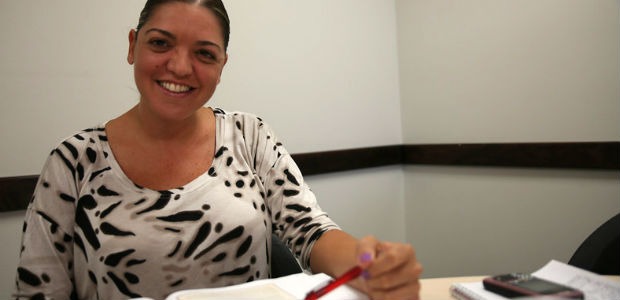This post was written by Susan Weymouth
A key ESL teaching concept is deductive versus inductive learning. Should you begin with a rule (such as a grammar rule concerning the past tense) and ask students to make it specific with their examples? Should you begin with something specific (such as important events in students’ life stories) and ask students to generalize some rules of usage?
Our Western tradition of English language instruction has been deductive: put the verb conjugation chart on the board before class begins. However, research indicates that most ESL students retain more if they search for patterns in language and organize them with limited guidance and support. They discover the patterns themselves, although you as the teacher usually guide this discovery.
As H.D. Brown concludes, “While it might be appropriate at times to articulate a rule and then proceed to instances, most of the evidence in communicative second language teaching points to the superiority of an inductive approach to rules and generalizations.” (1)
Balance is needed between inductive and deductive approaches, but remember that what may seem “natural” to you is often out-of-balance due to your past overexposure to ineffective teaching models.
Watch this teaching video in which Richard moves from stories in movies to key events in his past to student-to-student communication about their own lives. You will notice that grammar work occurs within a clear context. First, students have a communicative need for the language. Then they express their ideas while the teacher provides just enough focus on form to reinforce the grammar point.
1 Brown, H.D. (2007). Principles of language learning and teaching (5th ed.). White Plains, NY: Pearson Longman. 105.
If you’re new to teaching, you’ll want to get initial training and qualification with a TEFL certificate. You can explore our online TEFL courses to get started!





